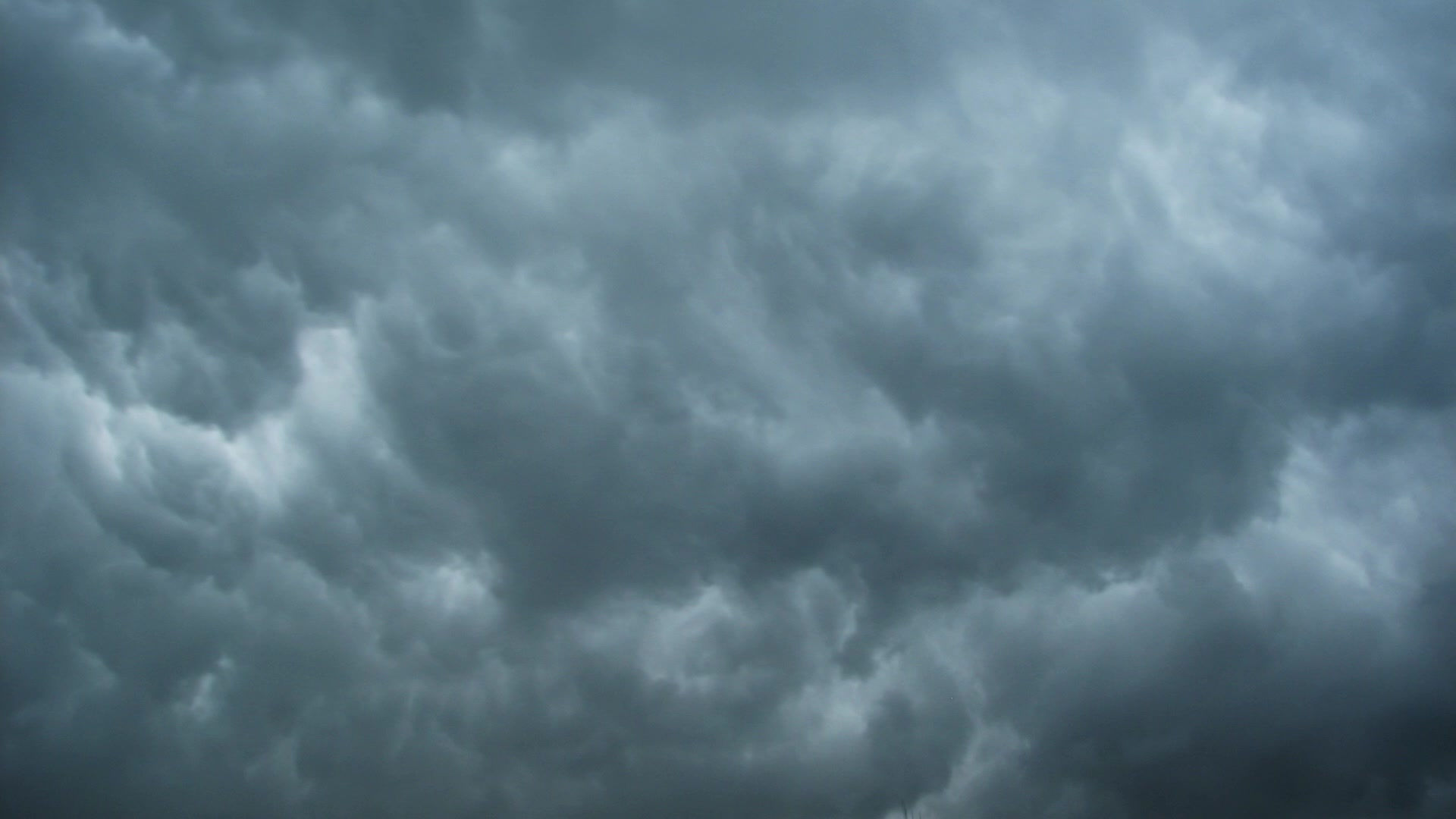
Celtic Mythology

A Brief History Lesson
The Celtic peoples once covered a major part of Europe, and were a predominant group during the Iron Ages. The green parts of the map above show the Celtic regions of Europe at the height of their expansion.
The commonality between the various Celtic societies was that they shared similar Celtic languages and cultures, although societies varied greatly from place to place.
The Celtic culture began to die out as the Roman Empire expanded in Europe, and the subsequent conversion to Christianity stifled Celtic religious and spiritual practices. Celtic influence only remained strong in parts of Britain and Ireland and a few other places. The cultures we think of as Celtic today are mainly Welsh, Scottish, and Irish.
The map to the right shows the modern Celtic nations.



The Celtic knot is a series of overlapping or interwoven knots which have no clear start or end. The unending knot symbolizes the unending cycle of life. The interweaving points to the interdependence and interconnection of physical and spiritual aspects of our being.
"The Meaning of Celtic Knot Symbols." GaelicMatters.com, 2016.


Religion, Folklore, & Magic
Celtic folklore, cultures, and religions are based in polytheism, animism, and a strong connection with nature.
Unlike with Greek and Norse religions, there was not one universal Celtic pantheon of gods. While some were shared over long distances, most deities varied from place to place.
Ancient Celts believed that many spirits and deities existed, and that the divine manifested itself through the natural world.
Aspects of nature such as water, the sun, and animals such as horses were viewed as sacred.
Magic, witchcraft, and mythical creatures were an important aspect of Celtic culture as well. Magic was a part of every day life that was based in nature and intertwined with religion and religious rituals.


Elements of Celtic Mythology in Fantasy
•Draws on Celtic Legends and Folklore
– The Mabinogion
– King Arthur and the knights of the round table
– Holy Grail
•Magic, Witchcraft, Nature, & Pagan Religion
– Spirituality interconnected with nature and magic
– Influence on modern Wicca
•Magical creatures
– Dragons
– Unicorns
– Fairies/Fey
•Druids
– Educated class, usually men
– Held occupations such as: lawyers, priests,
poets, doctors, and sometimes magicians
– In fantasy they are more known for having mystical abilities
•Powerful Females & Matriarchy
– In Celtic culture, the status of women is debated among historians
– In fantasy, females are often priestesses with magical gifts, or witches
•Romance & Tragedy
•History, Culture, and Societies of Celtic peoples





Celtic Mythology in Literature
The History of Celtic Mythology in Literature begins with oral histories and folklore.
Because the Celtic culture spread so far through Europe, legends and gods varied, meaning that it can be difficult to pinpoint commonly known stories that have influence modern media. Even well-known legends like King Arthur, evolved through oral histories until there is not one main version, but many.
One notable work is a collection of early folk stories from 1350–1410 BCE were combined into The Mabinogion, which is considered to be the earliest recorded prose literature of Britain. Among the stories included is The Four Branches of the Mabinogi. It is four interconnected stories of Welsh folklore that feature many prominent figures of Celtic mythology, including Rhiannon, Pryderi, Llyr, and Branwen (among others). Many modern renditions of these stories have been written.
The most recognizable stories of the Celtic Fantasy subgenre evolved through Arthurian legend, stories such as Sir Gawain and the Green Knight, Perceval, the Story of the Grail, and Le Morte d’Arthur. Much of modern Celtic fantasy is based on Arthurian legend and modern Arthurian fantasy is based in Celtic mythology.
For some modern fantasy
with a Celtic twist, check out the
Books and More page!


